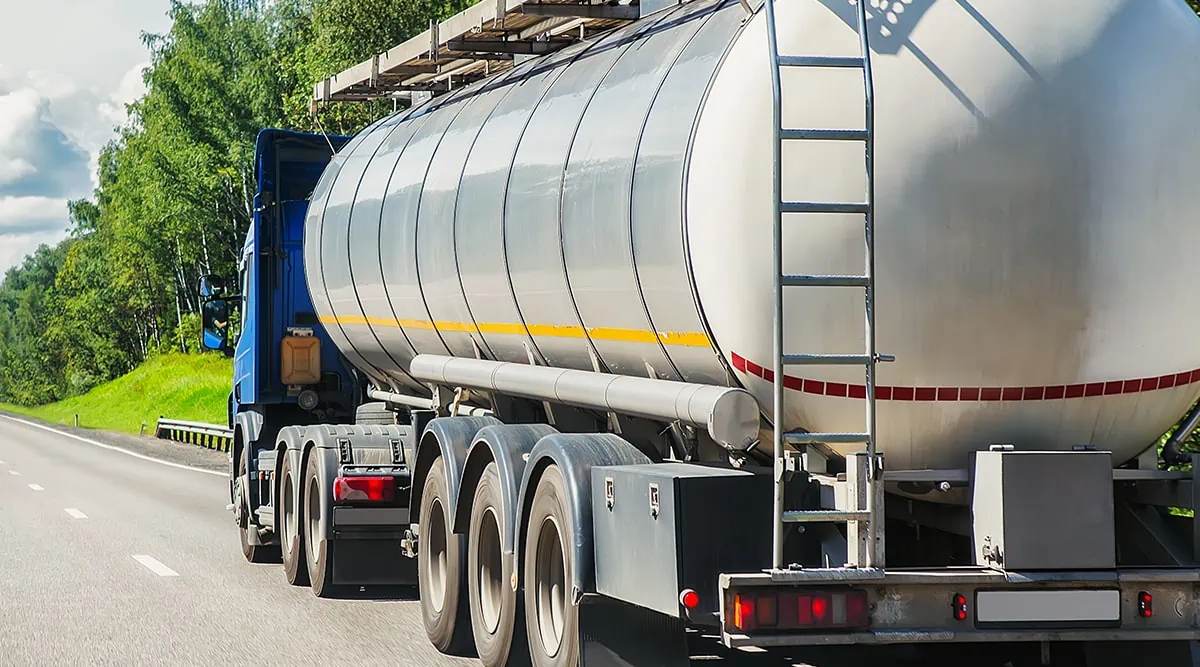The Basic Principles Of Reclaim Waste
Table of ContentsThe Only Guide for Reclaim WasteThe 9-Minute Rule for Reclaim WasteAbout Reclaim WasteReclaim Waste Fundamentals ExplainedThe Best Strategy To Use For Reclaim Waste
Domestic sewer waste refers to the waste and products from a household septic storage tank. The correct administration and disposal of residential sewage waste call for liquid waste to be transferred to a sewer treatment plant where the correct methods and devices are applied to detoxify and dispose of waste.
Commercial waste commonly includes potential dangers, such as combustible materials or a blend of fluid and solid waste items, and calls for a more sophisticated and detailed disposal process. The disposal of business waste generally involves the filtering of waste prior to transport to ensure risk-free and correct disposal. Industrial waste is produced from by-products and runoff of commercial processes and production.
This type of waste can not use the exact same sewer monitoring transport or processes as septic or commercial fluids. The hazardous waste management process needs the examination and screening of fluid waste before it undergoes the disposal process (liquid waste disposal melbourne). Runoff waste is the liquid waste that comes from overflow and excess stormwater in extremely inhabited areas or cities
Overflow waste can cause contamination and flooding if not handled correctly. Ensuring correct waste monitoring can stop catastrophes and reduce ecological damage.
Reclaim Waste for Dummies
Call PROS Services today to discover our waste monitoring and disposal services and the correct means to look after the liquid waste you produce.
(http://peterjackson.mee.nu/do_you_ever_have_a_dream#c2256)This so-called 'wastewater' is not just a crucial resource however, after treatment, will certainly be released to our land, waterways or the sea. Utilized water from commodes, showers, baths, cooking area sinks, laundries and commercial procedures is recognized as wastewater.

water made use of to cool equipment or clean plant and tools). Stormwater, a type of wastewater, is runoff that streams from farming and urban locations such as roofing systems, parks, yards, roads, paths and seamless gutters into stormwater drains, after rainfall. Stormwater flows unattended directly to regional creeks or rivers, at some point reaching the ocean.
About Reclaim Waste
In Queensland, many wastewater is dealt with at sewage treatment plants. Wastewater is carried from residential or industrial sites through a system of sewers and pump terminals, recognized as sewerage reticulation, to a sewer treatment plant.
The Department of Natural Resources recommends local governments about handling, operating and keeping sewage systems and treatment plants. In unsewered areas, local federal governments might need householders to install specific or house sewer treatment systems to deal with residential wastewater from bathrooms, kitchens, restrooms and laundries. The Division of Natural Resources authorises making use of house systems when they are confirmed to be efficient.
Many stormwater receives no therapy. In some new subdivisions, therapy of some stormwater to eliminate litter, sand and crushed rock has begun utilizing gross contaminant catches. Wastewater therapy useful content occurs in 4 stages: Gets rid of solid issue. Larger solids, such as plastics and various other objects mistakenly discharged to sewage systems, are eliminated when wastewater is travelled through displays.
Wastewater then moves into big containers where solids work out and are gotten rid of as sludge. Grease and residue are skimmed from the surface area. Uses little living organisms called micro-organisms to damage down and remove continuing to be dissolved wastes and fine fragments. Micro-organisms and wastes are incorporated in the sludge. Eliminates nitrogen and phosphorus nutrients that can trigger algal blooms in our waterways and intimidate aquatic life.
How Reclaim Waste can Save You Time, Stress, and Money.
Nutrient elimination is not readily available in all sewer therapy plants due to the fact that it requires expensive specialised equipment. It is becoming much more typical in Queensland. Clear liquid effluent produced after treatment may still contain disease-causing micro-organisms. If this effluent is launched right into waterways such as rivers or the sea, the micro-organisms will eventually die out.

Many wastewater flows right into the sewage system. Under the Act, regional governments provide authorizations and licences for ecologically pertinent tasks (Ages) entailing wastewater releases that may have a regional effect.
The Buzz on Reclaim Waste
Or else, examples are considered laboratory evaluation. Frequently numerous tests are needed to establish the degrees of each of the various toxins such as oils, heavy metals and pesticides in water. Monitoring offers accurate information about water top quality and can confirm that permit problems are being met. The info obtained via tracking supplies the basis for making water high quality decisions.